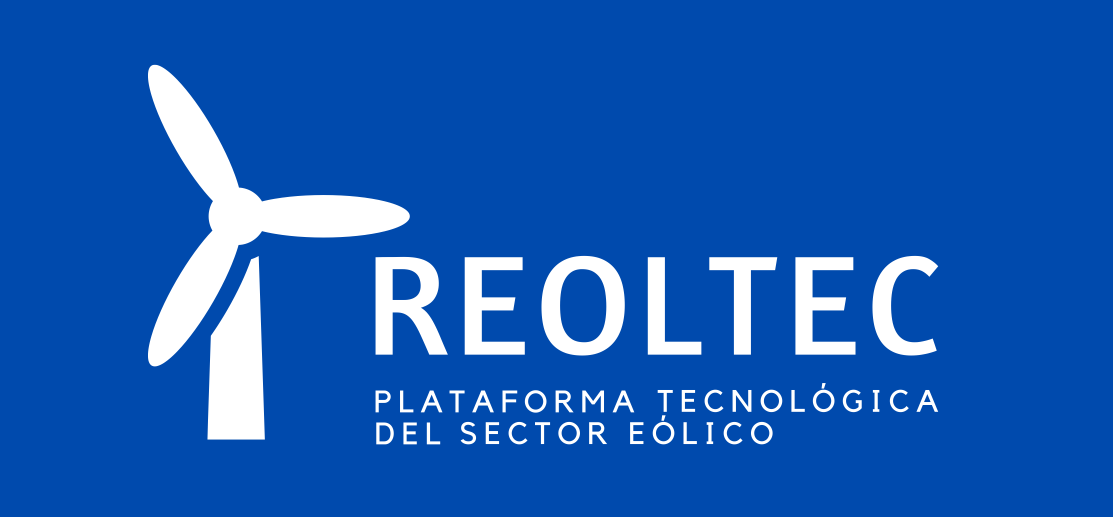 Ocean-going yacht technology could be used to make wind turbine blades from textile, and smart “driverless” ships and aircraft have the potential to tackle offshore survey missions.
Ocean-going yacht technology could be used to make wind turbine blades from textile, and smart “driverless” ships and aircraft have the potential to tackle offshore survey missions.
They were just two of the ideas generated at a pioneering brainstorming session which brought together a fusion off offshore businesses with experts from the defence, space and oil and gas sectors.
The aim of the day-long meeting at the OrbisEnergy offshore innovation centre in Lowestoft, was to find solutions to offshore wind challenges from “outside the box” including other technology-led sectors of industry.
Experts from the still-fledgling renewables industry met to spark ideas with colleagues from the more established fields of oil and gas, defence and space.
Among other seeds sown during keynote speeches and workshop sessions at the Offshore Wind Meets… Oil and Gas, Defence, Space event included:
- “self-healing” materials to combat wear and damage
- intelligent cabling to tackle strain caused by scour and free-spanning
- combating corrosion with intelligent coatings
- preventing bird strikes using aviation radar systems
Speaker Bruce Valpy, director at consultants BVG Associates, said offshore wind was a young industry which was maturing rapidly and was now a cornerstone of UK government policy.
“There is some amazing technology, with turbines now the biggest rotating machines on earth with a single blade the size of an airliner wingspan and the whole turbine shifting 15 Asda lorries full of air every second, and each tower topped by 400 tonnes of equipment,” he explained.
The industry needed to “run really fast to survive” but had “a very strong can do attitude” and there was a lot of potential for innovation through technology, and developing established commercial models.
Andy MacDonald, senior innovation manager from the Offshore Renewable Energy Catapult innovation centre, said challenges included windfarms being built further offshore in deeper waters, the high up-front costs of financing investment, seabed scour, bird strikes and cable faults. Technology such as tiny “mosquito” drones could provide a solution to inspecting turbines, but answers could also be found in “unexpected sectors” such as a move to use Americas Cup yacht sail technology to make lighter textile blades for turbines.
Jaime Reed from Airbus Defence and Space said autonomous ships and aircraft, which are programmed to go to a site and carry out tasks in the military field, were a possible solution to offshore wind tasks such as survey work. Aviation radar could also spot and prevent potential bird strikers by identity major migrations and either scare the creatures off or stop the turbines.
And Callum Norrie, offshore energy ambassador from the European Space Agency, said satellites could improve communications, weather and wind power forecasts for remote offshore turbines.
Dujon Concalves Collins, director of policy at Renewable UK, said the country was a global leader in offshore wind and had 1500 turbines in 28 windfarms with another 18 in construction or in planning but there was a need to scale up through key technology which could also bring down costs.
Robin van der Bij, managing director from LM handling, said Oil and Gas had some tried and tested equipment – such as 8.5m diameter drills to install piles and increasingly more powerful hydraulic hammers – which could have a use in offshore wind. Procurement efficiencies, and cost savings, could also be achieved by clustering groups of companies to provide linked services.
The event was sponsored by Innovate UK, whose innovation lead David Hytch said offshore wind had challenges, but it meant businesses in other sectors had the opportunity to help find solutions and grow the region’s economy, including through technology transfer from other sectors.
Funding sources to support innovation were also outlined to the session, including a new £15m collaborative R&D fund from Innovate UK due to launch in January 2017 aimed at supporting innovation in infrastructure systems which includes offshore wind; funding from the European Space Agency’s Ambassador Platform to support space based services for offshore energy; and the regional £6m SCORE fund for grants of up to £50,000.
In the afternoon delegates worked on ideas for “other sector” solutions in four areas: survey and inspections; materials and coatings; communications and connectivity; and lifetime asset management.
Summing up the day Johnathan Reynolds business development lead from OrbisEnergy said it was the first event of its kind bringing together all four industry sectors to look for solutions to major industry challenges.
It was a national event with more than 60 delegates from all corners of the UK, and also signposted access to support and funding to develop ideas into reality.
“Some of the ideas coming through have real merit and we will be exploring them further, along with helping businesses access R&D grants,” he added.

